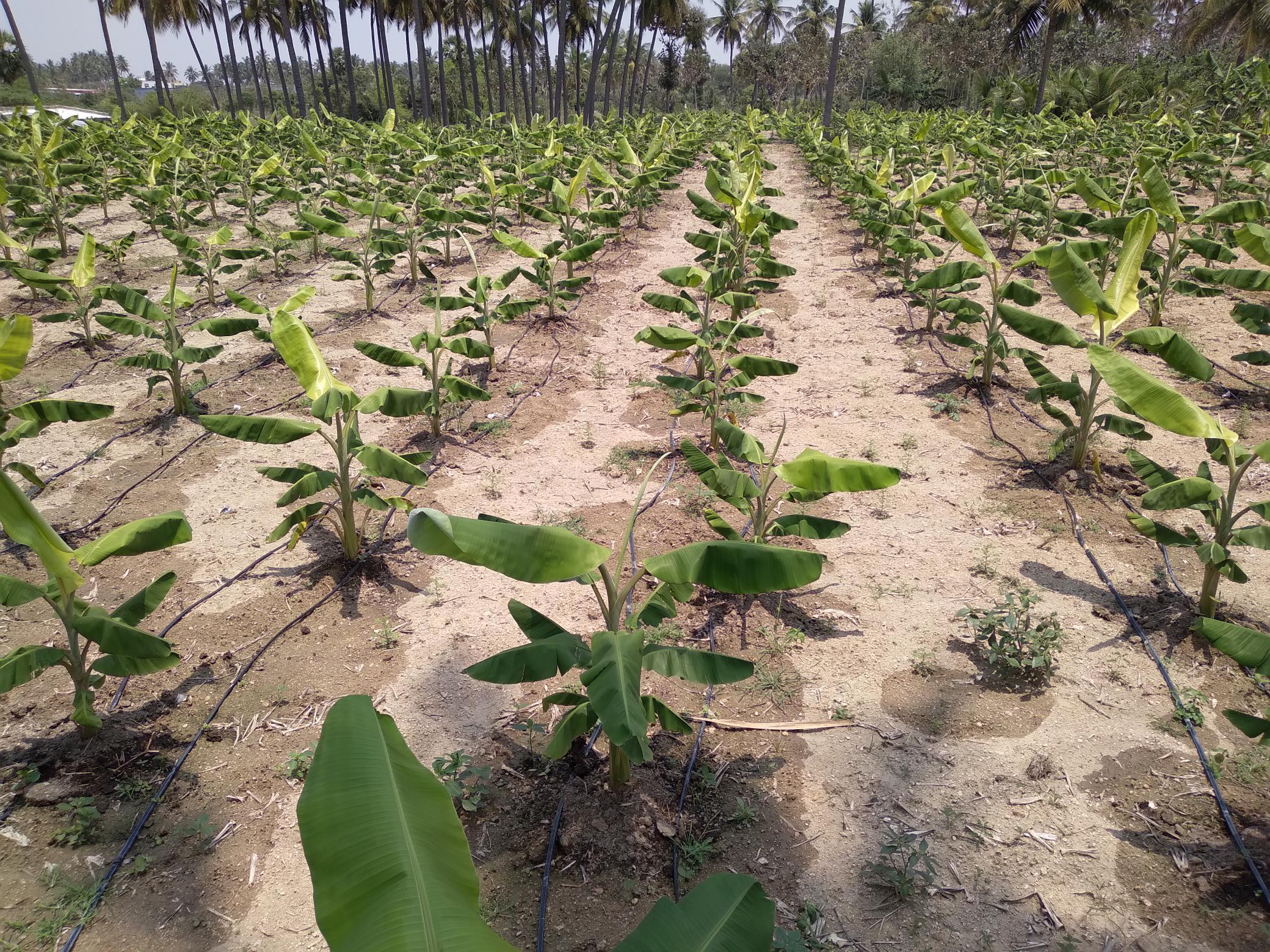Mastering Redox Potential: A Key Lever for Living and Productive Soils
Soil fertility relies on several well-known pillars: physical, chemical, and biological fertility. Today, a fourth pillar is emerging as fundamental: electrical fertility, represented by Redox potential (Eh). This lesser-known electrochemical parameter plays a central role in soil health, nutrient availability, and crop efficiency.
TIMAC AGRO, a pioneer in agronomic innovation, is actively engaged in exploring and stabilizing Redox potential, in collaboration with prestigious scientific institutions. This initiative is part of the Farming Inspired by Nature vision, which aims to restore natural balances for sustainable and high-performance agriculture.
What is Redox Potential?
Redox potential expresses the oxidation or reduction state of the soil—that is, its ability to gain or lose electrons. It is measured in millivolts (mV) and reflects a natural electrical current resulting from soil biochemical reactions.
- An oxidized soil (Eh > 450 mV) is imbalanced and depleted.
- An overly reduced soil (Eh < 350 mV) is also problematic.
In both cases, the plant expends energy trying to stabilize its environment, at the expense of its growth and productivity. The optimal Redox zone is around 400 mV, a balance that supports soil life, nutrient availability, and crop resilience.
The Key Role of Redox in Chemical Fertility
Mastering Redox potential enables:
- Improved nutrient availability: nitrogen, phosphorus, iron, and others become more accessible.
- Stimulation of beneficial microbial activity, essential for organic matter mineralization.
- Increased crop tolerance to climatic and pathogenic stress.
- Reduced dependence on chemical inputs by leveraging natural soil dynamics.
TIMAC AGRO now places Redox potential at the core of its plant nutrition strategy, alongside another key factor: pH.

A Unique Technology to Harmonize pH and Redox
As part of continuous research, the Groupe Roullier’s World Innovation Center has developed a unique technological solution that can regulate both pH and Redox potential simultaneously. This breakthrough relies on patented technology, designed to restore the soil’s electrochemical balance and enhance its biological activity.
Key results from agronomic trials include:
- 33% increase in microbial activity
- 54% increase in aerial biomass
- Better carbon allocation to vital plant functions
This integrated approach not only boosts yield and product quality, but also helps reduce environmental impact, notably by limiting nitrous oxide emissions.
A First-Ever Mapping of French Soils
To support farmers, TIMAC AGRO conducted analyses on more than 600 soils, creating the first-ever Redox potential map of French soils. The results reveal a concerning trend: most soils have too high a Redox potential, regardless of pH. This imbalance is often caused by certain agricultural practices (intensive tillage, nitrate fertilizers, herbicides) and climatic conditions (drought, excessive aeration).
Based on this data, TIMAC AGRO is developing an AI-powered predictive tool to anticipate oxidation risks and guide agronomic interventions.
Toward Sustainable, Controlled, and Intelligent Fertility
Stabilizing Redox potential opens new pathways for regenerative and efficient agriculture. By allowing plants to focus their energy on photosynthesis and production, rather than adapting to an unstable environment, TIMAC AGRO positions itself as a leader in smart and sustainable fertility.
With this approach, TIMAC AGRO continues to provide concrete, profitable, and scientifically validated solutions to build the agriculture of tomorrow: productive, resilient, and in harmony with nature.




